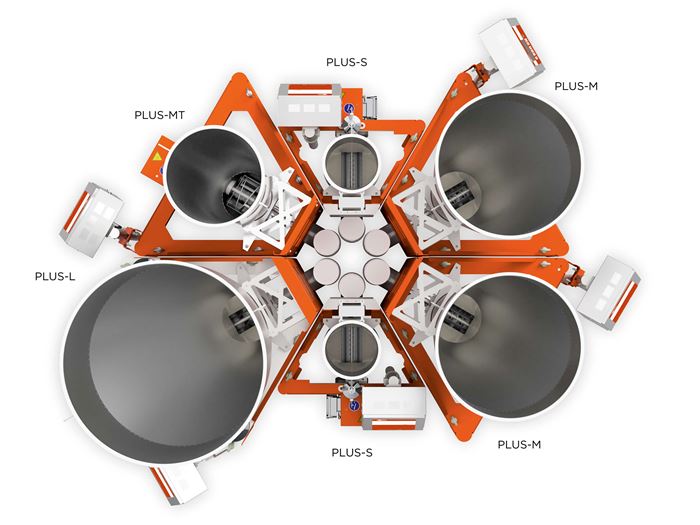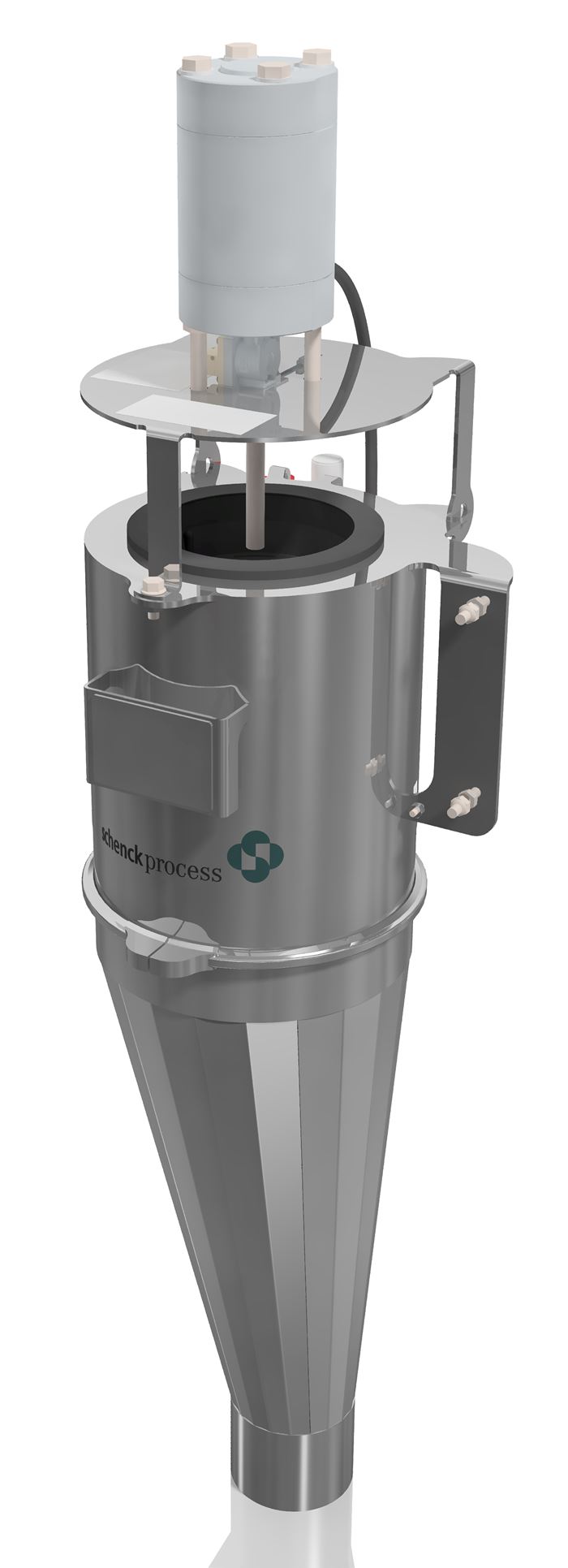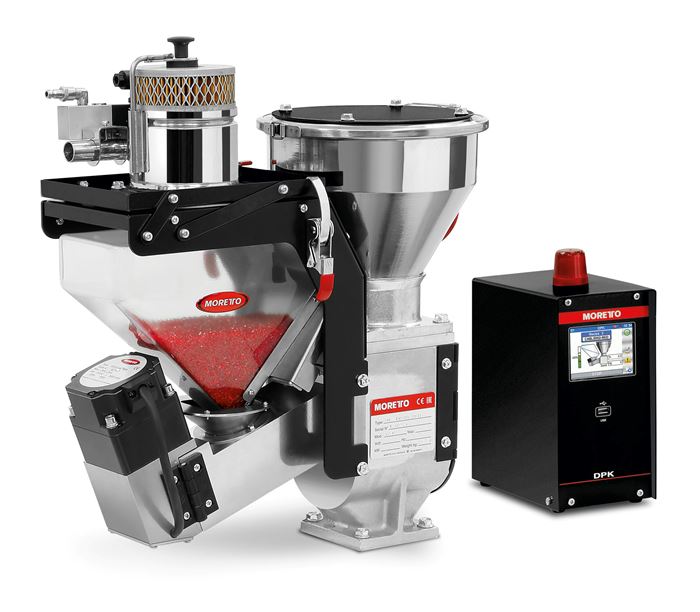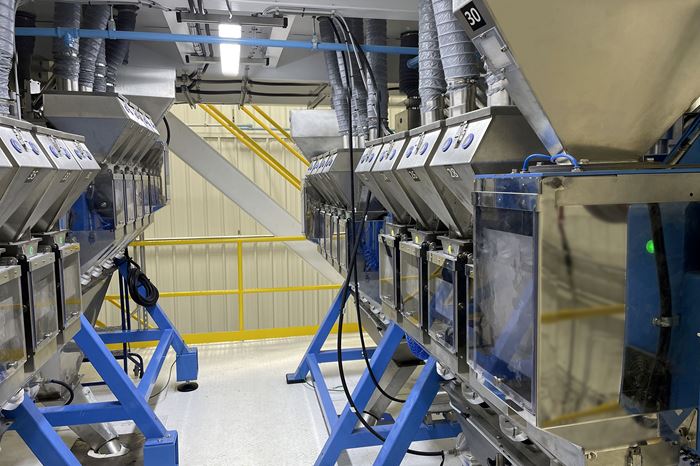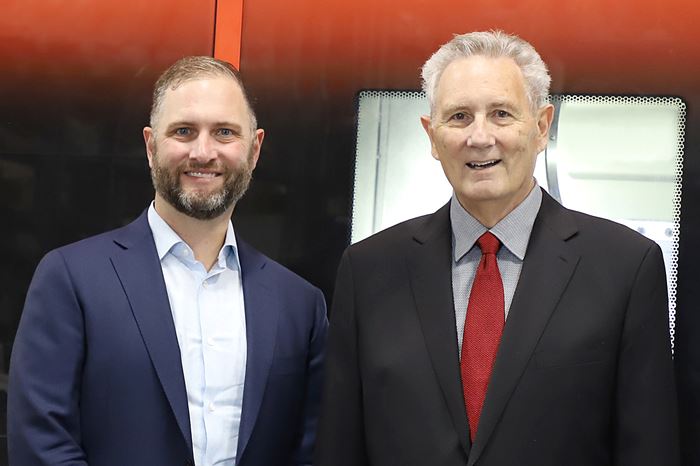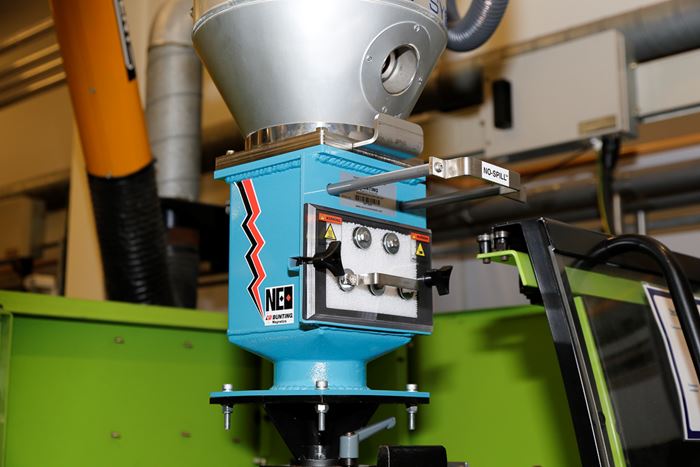Feeding and blending systems are used to meter or dose materials into the primary processing machine. Types include gravimetric blending; volumetric blending; plastics feeding and mixing; plastics dosing.
How to Ensure Reliable Feeder Performance When Handling PCR
Processors are being challenged to incorporate more recycled material into their products. Yet there are both economical and technical obstacles to achieving this objective—feeding among them. The design of your feeding equipment and the advantages that it will offer to your process will be more important than ever.
Feeding & Blending: Essential Reading
Is Your Feeding Technology Robust Enough?
Maybe not. But consider these factors to beef up your system to ensure reliable and even smarter performance.
Act Sooner, Not Later, on Auxiliary Equipment Alarms
There can be real financial, safety, and quality benefits for processors who train plant personnel to interpret and respond promptly to various alarms. Real-world examples offer proof.
Medical Molder Cuts Resin Dust to Boost Quality & Output
As a result, part yields are boosted from only 3% to 60% or more.
10 Things to Know When Specifying Vacuum Conveying Systems for Powders
The priority is to maximize movement of powders while minimizing dust exposure.
Understanding Low-Rate Feeding for Continuous and Batch Processes
Molders and extruders that need to feed tiny amounts of material to their process require precision in both the material being fed and the equipment doing the dosing. When a shot size consists of three pellets, there is no margin for error.

FAQ: Feeding & Blending
How to get better blending?
1. Blend it up close
2. Say no to static
3. Pay attention to receivers
4. Thwart those bridges
5. Learn to deal with regrind
Compounding feeders that don’t feed accurately typically produce off-spec finished products and require extended periods of downtime to recalibrate or fix, resulting in decreased production rates and lost profits. In all industries, the improvement in accuracy performance by even 0.025% of ingredient feeding can result in significant overall profits.
Proper installation, ideal weighing configurations, and appropriate choice of weighing controls can result in the avoidance of a variety of future feeder problems. For a complex feeder system—such as multiple loss-in-weight (LIW) feeders feeding powder and pellets into mixers or extruders—external influences such as vibration, platform stability, and upstream/downstream equipment connections can all affect a feeder’s performance. Informed knowledge of the significance of these influences is key to optimizing its performance.
How to optimize feeding technology?
It is expected that feeder controls can easily connect to industrial networks and key process data, which has become a critical criterion in evaluating not only feeder performance but also real-time indication of the complete process.

Feeding & Blending Suppliers
Narrow by Feeding & Blending Category
- Custom Size-reduction (Grinding) Services
- Biodegradable, Photodegradable Resins and Compounds
- Recycled/Reprocessed Materials--Bale or Bulk Form
- Recycled/Reprocessed Materials--Ground Flake Form
- Recycled/Reprocessed Materials--Pelletized Form
- Bag and Drum Dumpers
- Box Tilters
- Conveying Equipment (pneumatic and Mechanical)
- Desiccant for Dryers
- Dryers for Resins
- Feeders
- Hopper Loaders
- Hoppers, Bins, Tanks




